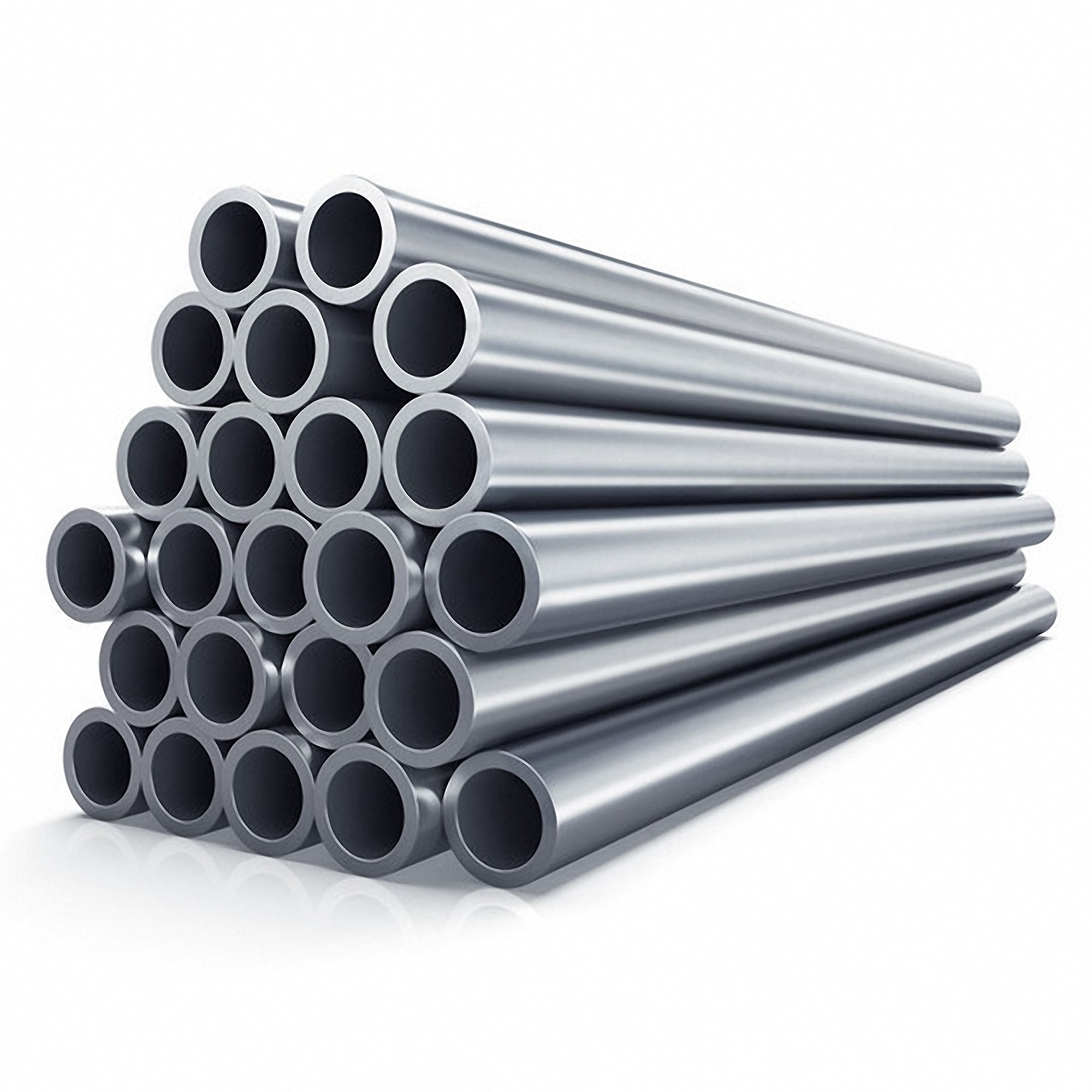When it comes to selecting materials for pipes and tubes in harsh environments, Stainless Steel 316 is often the top choice. Known for its superior corrosion resistance and durability, this austenitic stainless steel alloy is essential in many industries that require resilience against extreme conditions. Whether you are in marine, chemical, or pharmaceutical sectors, 316 stainless steel pipes and tubes offer unparalleled strength and reliability. In this blog, we will explore the features, benefits, and applications of Stainless Steel 316 pipes and tubes, and why they continue to be an essential component in many industries.
SS 316 is the chromium and nickel-based Alloy which is widening the level of avoidance with the help of different substances present in it. Additionally, with the expansions of molybdenum, the mix is having the specific utilization block limit.SS 316L is the lower carbon content then the SS 316 assortment of the blend. In any event, is the manner by which the Alloy is heat-treated with the use in the get-together of the cutting edge used gear. The mix is having the ideal carbon precipitation which is by and large welded.SS 316Ti is proposed as the decent out grade Alloy which is used in the alloying sorts of stuff. Anyway, this is the blend that is used with higher temperature conditions applications. Disregarding various things present in the mix, the blend type is having the high joyful of the titanium.
What is Stainless Steel 316?
Stainless Steel 316 is a chromium-nickel-molybdenum alloy, belonging to the austenitic family of stainless steels. It contains approximately 16-18% chromium, 10-14% nickel, and 2-3% molybdenum, with the addition of small amounts of carbon and manganese. The inclusion of molybdenum is what gives 316 stainless steel its exceptional resistance to corrosion, particularly against chlorides and other harsh chemicals. This alloy is often considered an upgrade over 304 stainless steel due to its enhanced corrosion resistance and improved high-temperature performance.

Key Characteristics of Stainless Steel 316 Pipes & Tubes
-
Superior Corrosion Resistance: The primary feature that sets Stainless Steel 316 apart from other materials is its excellent resistance to corrosion. The addition of molybdenum enhances its ability to withstand exposure to aggressive substances such as saltwater, acids, and chlorides. This makes it ideal for applications in marine and chemical environments.
-
Excellent Durability: 316 stainless steel pipes and tubes are known for their durability and strength. They are resistant to stress, cracking, and wear, ensuring long-term performance even under challenging conditions. These materials can withstand high-pressure applications and maintain structural integrity over time.
-
High-Temperature Performance: Stainless Steel 316 has a high melting point and can perform well at elevated temperatures, making it suitable for applications where the material is exposed to heat. It maintains its mechanical properties and does not lose strength even at high temperatures.
-
Non-reactivity: Just like 304 stainless steel, 316 stainless steel is non-reactive, making it ideal for use in food processing, pharmaceutical, and medical industries. It ensures that the substances it comes into contact with remain uncontaminated, an essential property in sensitive environments.
-
Versatility: 316 stainless steel pipes and tubes are versatile and can be fabricated into various shapes and sizes. They are used for both aesthetic and structural purposes, making them ideal for industries ranging from construction to medicine.
Common Applications of Stainless Steel 316 Pipes & Tubes
Due to its exceptional properties, Stainless Steel 316 is used in a variety of industries where materials are exposed to corrosive elements, high pressure, or extreme temperatures.
-
Marine Industry: Stainless Steel 316 is commonly used in marine environments due to its excellent resistance to saltwater and seawater. It is used in boat hulls, propeller shafts, offshore platforms, and marine piping systems. The material's resistance to corrosion ensures longevity and safety in the harshest of maritime conditions.
-
Chemical and Petrochemical Industries: The chemical industry requires materials that can withstand exposure to harsh chemicals, acids, and corrosive substances. Stainless Steel 316 pipes and tubes are often found in chemical processing plants, where they are used to carry aggressive fluids and gases. The resistance to chlorides, acids, and other corrosive substances ensures a long lifespan of the pipes and tubes.
-
Food and Beverage Industry: In the food and beverage industry, cleanliness and hygiene are paramount. Stainless Steel 316 is preferred for food processing equipment, storage tanks, and piping systems, as it does not contaminate food or beverages and can easily be cleaned to meet sanitary standards.
-
Pharmaceutical Industry: Just like in food processing, the pharmaceutical industry demands non-reactive materials that do not leach or contaminate sensitive substances. 316 stainless steel tubes are used in pharmaceutical plants for fluid transfer and the production of medical equipment such as surgical tools and devices.
-
Medical Equipment: 316 stainless steel is widely used in medical devices, including surgical instruments, implants, and diagnostic equipment. Its corrosion resistance, strength, and non-reactivity make it a safe material for medical applications where hygiene and patient safety are critical.
-
Oil and Gas Industry: Stainless Steel 316 is used in the oil and gas industry, especially in offshore drilling rigs, pipelines, and refineries, where the material is exposed to harsh chemicals, saltwater, and extreme temperatures. The material's durability ensures safe and efficient transportation of crude oil and natural gas.
-
Architectural and Structural Applications: Stainless Steel 316's resistance to corrosion and appealing finish make it a preferred choice for architectural applications such as building facades, handrails, and structural elements exposed to the elements. Its aesthetic properties also make it ideal for modern design and urban architecture.
-
Water Treatment: In the water treatment industry, 316 stainless steel is used in filtration and treatment systems. Its resistance to corrosion and ability to handle high-pressure environments ensure efficient operation, particularly in desalination plants or systems that process harsh water environments.





